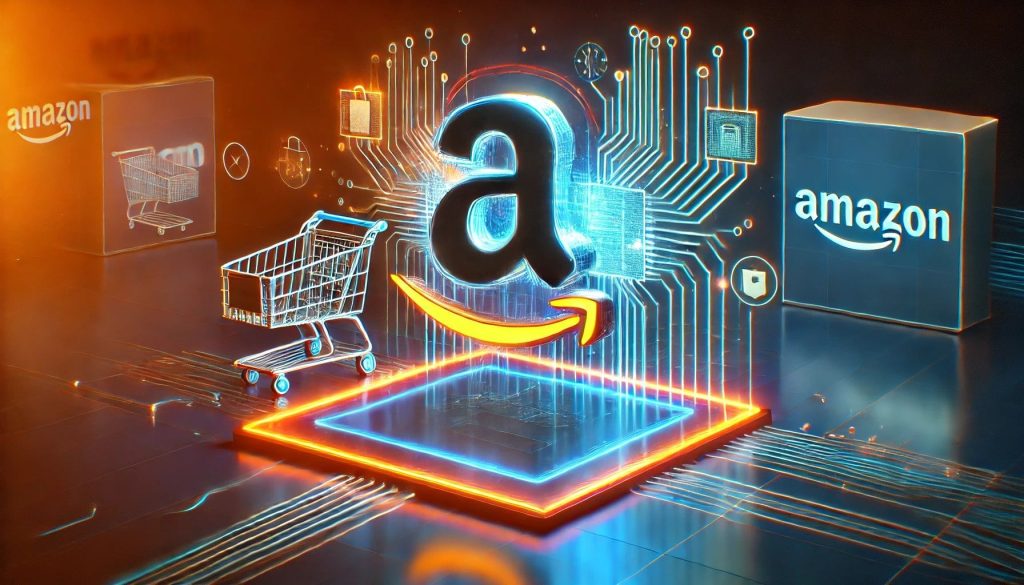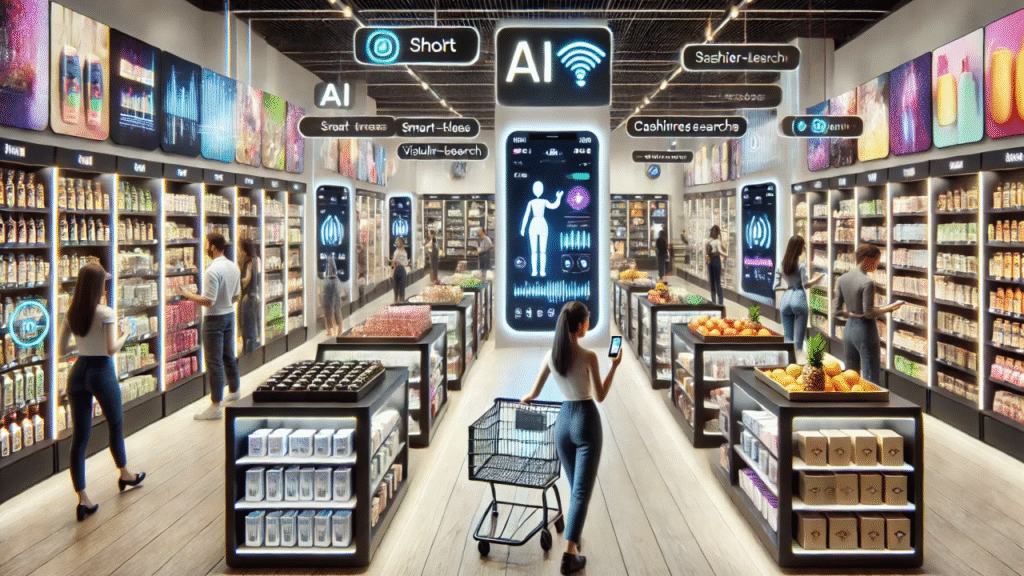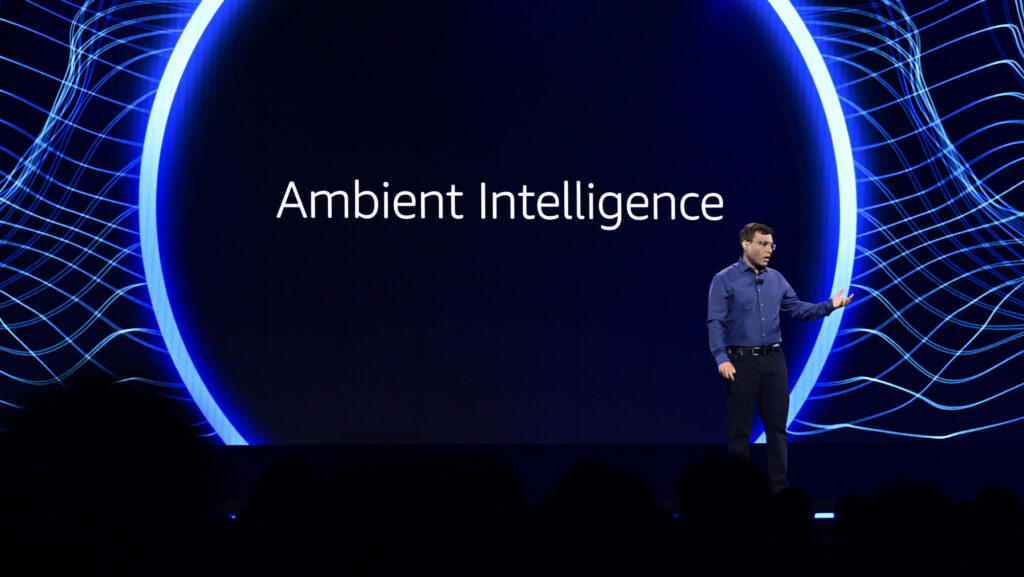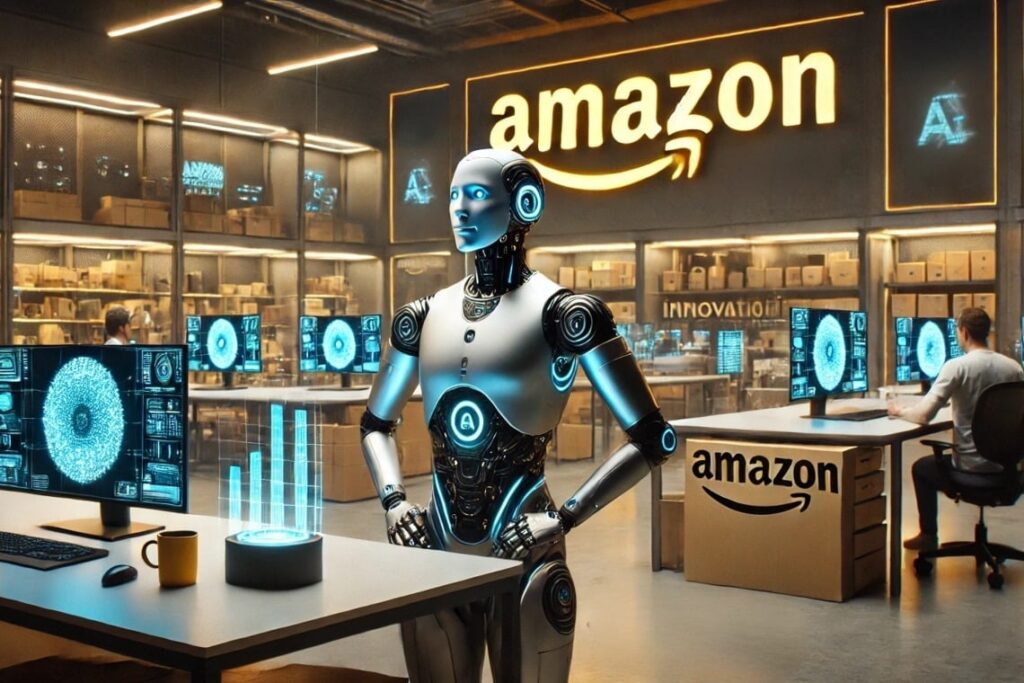Introduction
Artificial Intelligence and smart technology have become the driving forces behind the global digital revolution, and Amazon stands at the center of this transformation. Over the past few years, Amazon has integrated AI into nearly every layer of its business—from personalized product recommendations and smart logistics to home automation and sustainability efforts. In 2025, AI isn’t just helping Amazon operate; it’s redefining how consumers shop, how sellers grow, and how technology shapes daily life.
How AI Became Amazon’s Superpower
Amazon’s true superpower lies in its ability to use data intelligently. With billions of customer interactions every day, its AI systems analyze browsing habits, previous purchases, and even real-time behavior to predict what customers want before they search for it. This data-driven approach has made product recommendations incredibly accurate, contributing to nearly 35% of Amazon’s total sales. The same AI logic runs deep within the company’s fulfillment centers, where machine-learning models manage inventory, forecast demand, and optimize delivery routes. This combination of data and automation allows Amazon to fulfill millions of orders daily with unmatched efficiency and precision.

The Alexa Revolution and Smart Homes
One of the most visible examples of Amazon’s AI success is Alexa. When Alexa was first introduced, it revolutionized the way people interacted with technology. Now, in 2025, the upgraded Alexa Plus is far more advanced. It understands context, remembers preferences, and communicates naturally, making it less of a digital assistant and more of a household companion. Through continuous AI learning, Alexa integrates with a wide range of smart home devices, enabling seamless control over lighting, security, entertainment, and more. Amazon’s investment in this ecosystem has turned homes into intelligent environments that respond to voice, schedule, and mood.
Amazon’s smart-home ecosystem has expanded significantly over the years. The latest Echo devices, powered by Amazon’s AZ3 AI chip, offer faster response times, higher sound quality, and improved privacy features by processing data locally instead of sending everything to the cloud. This advancement not only increases performance but also makes smart homes more secure and energy efficient. Through partnerships with brands like Philips, Samsung, and TP-Link, Amazon has built a connected network that allows users to manage multiple devices effortlessly through one central platform.

AI Transforming the Shopping Experience
While Amazon’s smart-home technology has enhanced everyday life, AI has also redefined how consumers shop online. The platform’s AI-driven search algorithms now personalize search results for each user, ensuring that product discovery aligns perfectly with personal preferences, price ranges, and past behavior. Voice shopping, once a novelty, has become a major trend. With Alexa voice commands, customers can place repeat orders, check stock availability, and complete purchases instantly—turning shopping into a simple, hands-free experience.
Another major breakthrough has been AI-driven dynamic pricing. Amazon adjusts prices in real time, often thousands of times a day, depending on market demand, competitor activity, and seasonal patterns. This constant optimization benefits both buyers and sellers, ensuring that consumers receive fair prices while businesses remain competitive. Behind these innovations, machine learning models analyze massive datasets to maintain the delicate balance between affordability and profitability.

Empowering Sellers Through AI
For sellers, AI has opened a new era of opportunity on Amazon. Automated advertising tools use machine learning to optimize Pay-Per-Click campaigns, identify high-performing keywords, and improve conversion rates. Sellers no longer need to rely on manual testing or guesswork; AI handles the data analysis and provides actionable insights. Additionally, advanced tools like Amazon Brand Analytics and Helium 10 leverage AI to reveal trending products, market gaps, and emerging keywords, helping sellers make smarter business decisions. Many brands are now experimenting with Alexa Skills to create voice-based experiences that strengthen customer relationships and streamline reorders.

AI and Sustainability: A Greener Amazon
Beyond convenience and commerce, AI plays a critical role in Amazon’s sustainability goals. The company is working toward achieving net-zero carbon emissions by 2040, and AI is central to this effort. Intelligent systems optimize delivery routes to reduce unnecessary travel, predict product demand to minimize overproduction, and design efficient packaging to cut down on waste. These small but impactful AI-driven decisions collectively help Amazon lower its environmental footprint while maintaining the speed and reliability customers expect. Smart warehouses and automated logistics powered by AI are enabling the company to do more with less—proving that efficiency and sustainability can coexist in the modern e-commerce landscape.

The Future of AI and Smart Tech on Amazon
Looking ahead, Amazon’s roadmap shows an even deeper integration of AI across all aspects of its operations. Future versions of Alexa are expected to recognize emotions and adjust tone based on user sentiment, making human-AI interactions more natural. Amazon is also developing AI shopping assistants that will manage entire purchasing cycles—from comparing prices and tracking deliveries to recommending replacements before items run out. Augmented reality and virtual reality are on the horizon as well, allowing customers to preview products in 3D, visualize furniture in their homes, or virtually try on clothing before buying.
This evolution has far-reaching implications. Consumers will experience greater personalization, faster service, and smarter homes that adapt to their habits. Sellers will benefit from precise market insights and automated marketing strategies that once required large teams. Developers and tech innovators will find new opportunities to build AI-powered applications that integrate seamlessly into Amazon’s vast ecosystem.

Conclusion
The rise of AI and smart technology on Amazon represents much more than a series of upgrades—it signals a fundamental shift in how we interact with commerce and technology. Amazon has transformed from a digital marketplace into an AI-driven ecosystem that connects devices, data, and people. Every element, from product discovery to delivery, now operates with intelligence and automation at its core.
By merging artificial intelligence with connected devices, Amazon has built a platform that doesn’t just sell products—it anticipates needs, streamlines experiences, and continuously evolves with its users. As AI continues to advance, Amazon’s innovations will shape how people shop, communicate, and live, marking the beginning of an intelligent, interconnected future that blends convenience, personalization, and sustainability.







